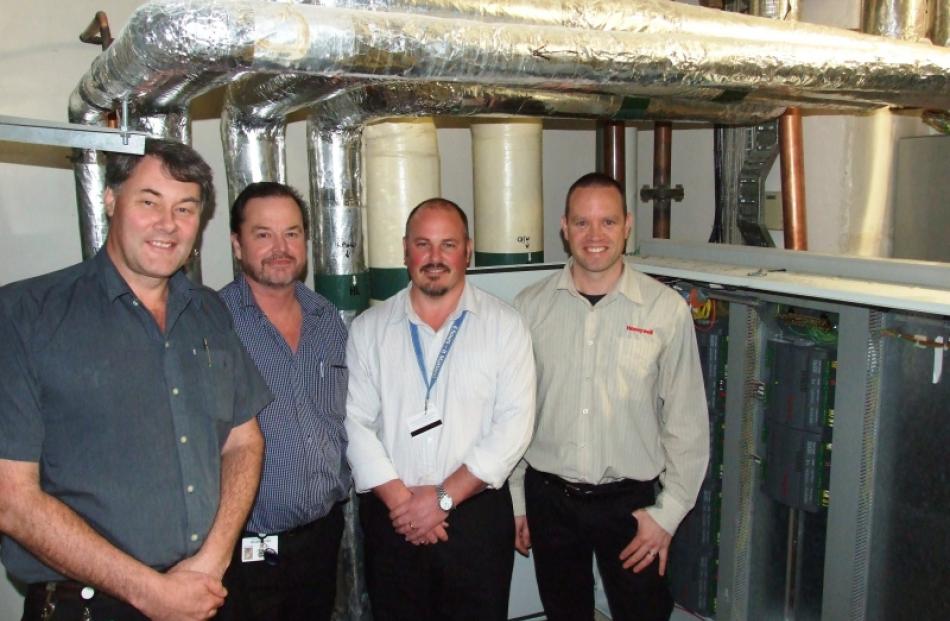A raft of changes, including replacing 16,000 light tubes, has helped Dunedin Hospital save more than $2 million in energy costs in the past four years.
The hospital signed a seven-year $1.6 million energy retrofit deal with international company Honeywell Building Solutions in 2008, which was designed to reduce energy consumption and improve efficiency.
Honeywell's guarantee that the energy savings would meet the cost of the upgrades over the course of the contract has already been exceeded.
The hospital now expects to save $4 million by 2016 - taking up to $500,000 off its previously $1.3 million-plus energy bill per year.
''We were able to identify key areas where we could significantly reduce our energy usage without compromising the hospital's operations,'' Southern District Health Board facilities and site development manager Warren Taylor said.
Many of the changes were made ''behind the scenes'', such as installing hot-water flow restrictors, switching to electronic environment controls, and altering the lighting system. Southern District Health Board mechanical team leader Ritchie Fieldwick said lighting levels in the ''over-lit'' hospital had been reduced to standard levels during the process.
''The difference is slight; neither patients nor staff would notice any impact,'' Mr Fieldwick said.
Relatively minor changes, such as the hot-water restrictions, were simple to achieve, but had made a significant difference, he said.
Mr Taylor said installing electronic environment controls had reduced the hospital's reliance on the steam pumped from the Energy for Industry boiler house, which heated the wards. Steam from the boiler house is also used by the University of Otago and Cadbury, he said.
The project would not have been possible without the support of the Energy Efficiency and Conservation Authority, which had provided a grant of about $300,000 and a loan of about $1.5 million to cover the cost, Mr Taylor said.
The success of the energy savings project meant the Southern District Health Board was able to pay back the EECA loan from the savings it was making, without adding to capital pressure, he said.
''And, best of all, staff and patients haven't noticed any difference - the lights are still on and the environment is warm.''













